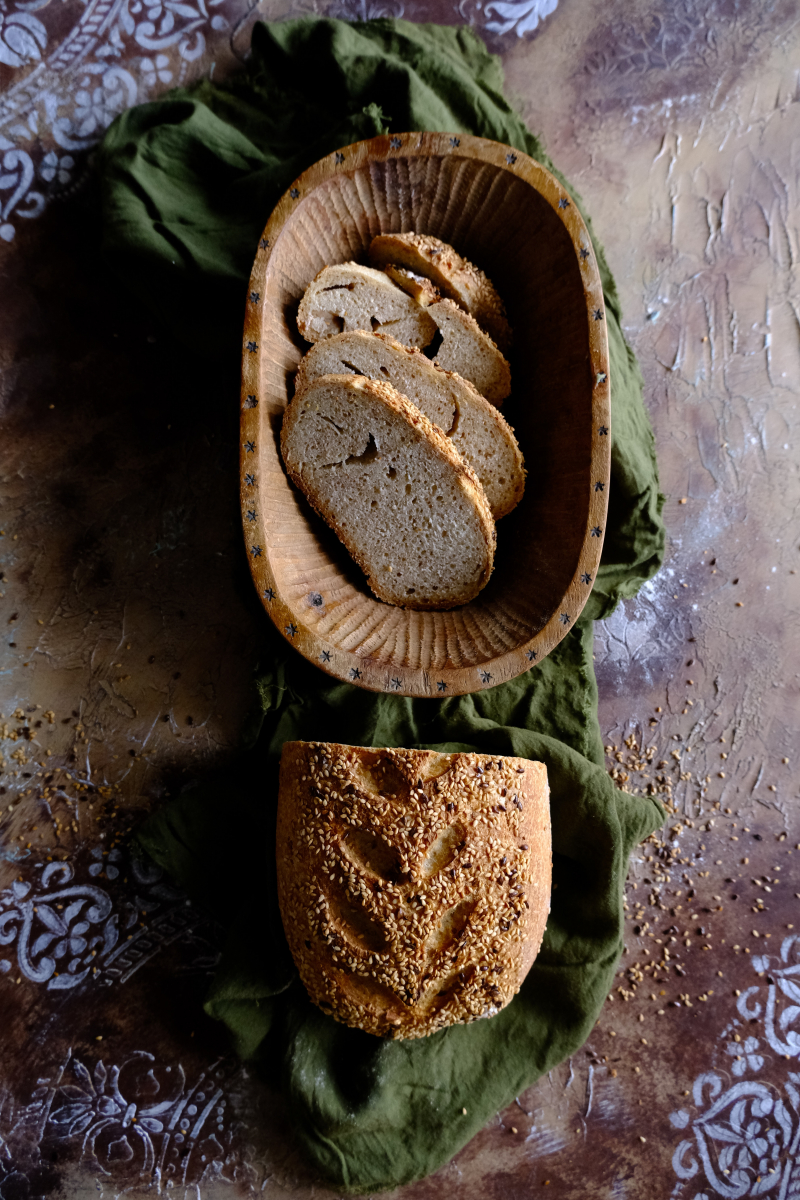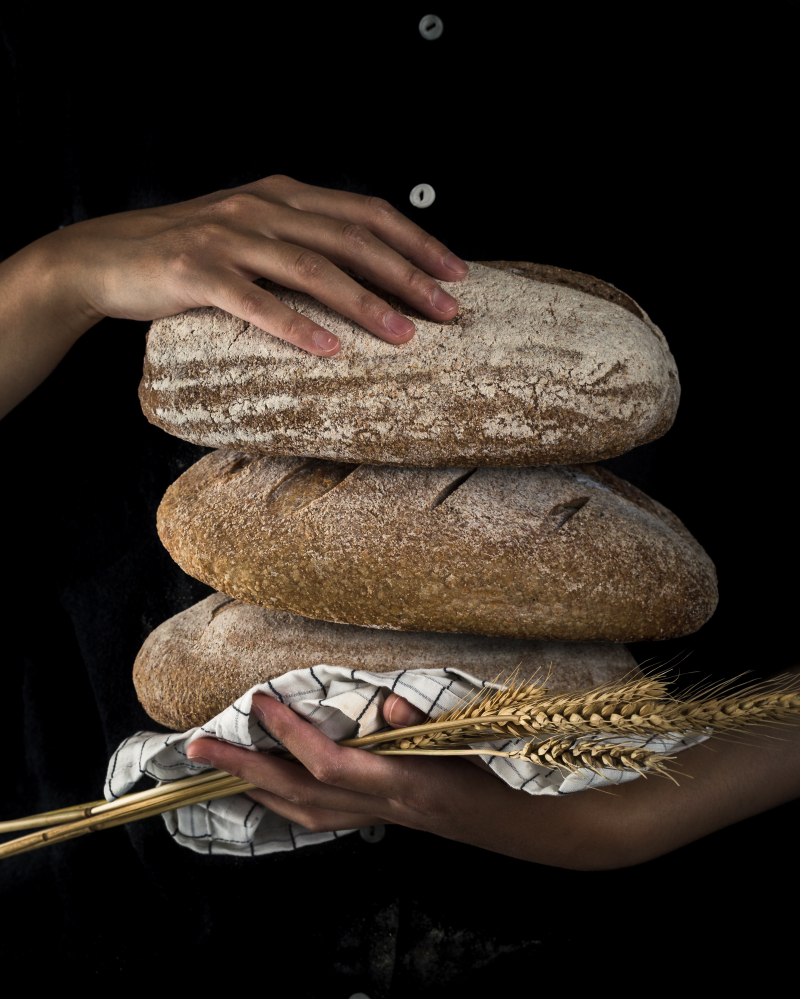The feast begins with the groom reciting the Hamotzi blessing over a giant braided challah bread.
What makes this tradition particularly distinctive is the use of a giant braided challah bread, often specially baked for the occasion. Jewish custom dictates that challah be braided and has special symbolism that stands for continuity and unity. The couple's intertwined lives and dedication to traveling life's road side by side are symbolized by the braids. The big challah that is served at a wedding feast represents the spiritual nourishment and harmony that the couple want to exemplify in their marriage.
The Hamotzi blessing is a quintessential Jewish blessing recited before eating bread. This moment is when the groom, standing at the center of the wedding feast, invokes this sacred blessing, ushering in a sense of sanctity and celebration to the meal. It is a profound acknowledgment of gratitude to the divine for the sustenance provided by the bread. It symbolizes the nourishment not only of the body but also of the soul and spirit.
The recitation of the Hamotzi blessing is not just an individual act but a communal one. As the groom recites the blessing, the guests, family, and friends gather around, creating a sense of togetherness and shared celebration. It underscores the communal nature of Jewish weddings, where family and community play a pivotal role in supporting the couple on their journey.












